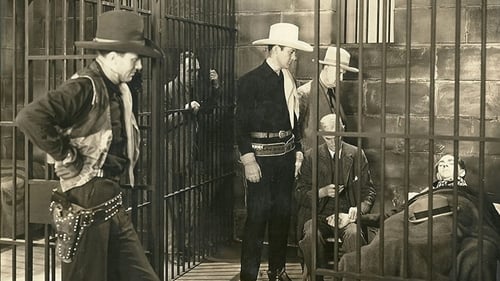
Director of Photography
A cowboy out to find out who murdered his brother discovers that the killers may not be who he thought they were.

Director of Photography
When her parents are drowned at sea, "Princess" Judy is adopted by a soft-hearted old sea captain, Captain Zack, and brought to live on his tugboat.

Director of Photography
RCMP Alan Barclay is sent to investigate the presumed murder of his friend and fellow RCMP Gene when Gene's horse is found riderless.

Cinematography
Jack Wycoff is a successful young author whose double is the notorious gangster Cy King. Mistakenly arrested, Wyckoff finds himself handcuffed to an attractive lady. Wycoff escapes custody and flees across the country with the law in hot pursuit, refusing to establish either his true identity or his innocence until the lady unwillingly trapped at his side agrees to marry him.

Cinematography
The first Canadian sound feature film.

Cinematography
Tom Denton comes from the East to the Northwest lumber region and becomes co-owner of a lumber camp with Howard Patton, whose bored wife Vera insists on flirting with Tom despite his discouragement.

Director of Photography
Alice, a little newsgirl known as "Sticks", spends her time fighting for her territory against a lot of tough kids.

Director of Photography
Erma Desmond leaves her uncle and aunt to visit a friend, Phyllis, in the city. There, she finds work as the companion to the highly temperamental Mrs. Stanley. Mrs. Stanley has terrorized her husband to such an extent that he has gone away for a few months, purportedly to take their daughter to school, but mainly to get some peace. The servants, however, are still victims of her terrible fits until the day she decides to head for Reno to get a divorce.

Director of Photography
In March 1916, Pathé released a short feature entitled Little Mary Sunshine, starring a four-year-old Marie Osborne. This was one of the first features ever directed by King and it was so successful that Pathé asked the original production company, Balboa, for five more features with the same child wonder. All were produced during the second half of 1916, and only three of them survive today – one being Twin Kiddies, which shows the amazing progress King had made since the first film in the series. Of course, the story is thin, the ending quite abrupt, and the opening sequences rather long. Yet, the direction is much more subtle, alternating between shots of different size, suggesting that King was mastering the art of composition.







